Humans of Gaza: Mahasen al-Khatib, young artist whose art captured tragedy of war, killed
By Humaira Ahad
For centuries, art has been used as a medium to show resistance against oppression. Throughout history, artists have used their art to illuminate and capture the tragedy of war through their artworks.
In a recent video, Mahasen al-Khatib, wearing a Palestinian keffiyeh, passionately discussed her artwork. Al-Khatib used her art to depict the suffering of her people in Palestine, making it a powerful tool for representing the Palestinian cause and conveying the tragedy that Gaza has become.
Proud of her Palestinian identity, al-Khatib’s artwork became her voice. She once wrote in a social media post, “I am Palestinian from Gaza. God has honored us with our country. Anyone who dies in war is a martyr, and anyone who is patient will have their sins forgiven. Oh God, hear us, oh God.”
Al-Khatib shared her last artwork on social media, illustrating the tragic death of 19-year-old Shaban al-Dalou, who was burned to death in Israeli airstrikes on Al Aqsa Martyrs Hospital earlier this month.
She titled the piece, “Tell me what you feel when you see someone burning.”
Just hours after posting that, al-Khatib was killed by an Israeli bombardment on the Jabalia refugee camp in northern Gaza on October 18.
Ambulances and paramedics were unable to reach the area due to heavy and indiscriminate Israeli shelling on the besieged camp that has become the latest target of the regime forces.
Foreshadowing her death, al-Khatib had posted a photo of herself on Facebook earlier in January, writing, “So when I die, you’ll have a picture of me.”
Reports indicate that her body is yet to be buried, as Israeli airstrikes and ground raids prevent funerals.
The 31-year-old artist with big dreams and a bright future ahead of her, whose lifeless body now lies in the mortuary of Kamal Adwan Hospital, once shared her method of coping with intense bombings.
“Do you know what happens when I hear the bombing, and all the houses around me are destroyed? I have nothing but a notebook and pen, and I isolate my mind,” she wrote on social media.
Palestinian artist who depicted the Israeli murder of her fellow Palestinian has fallen victim to yet another Israeli attack.#GazaGenocide pic.twitter.com/OTnvDNDzEA
— Palestine Highlights (@PalHighlight) October 19, 2024
“I don’t want to be afraid or feel what’s around me. I escape to my old world. Oh God, oh God. Can you pray for us?”
Al-Khatib was a painter, motion graphic artist, freelance character designer, and digital art mentor. She used her indomitable spirit and art to document life under Israeli occupation, portraying the powerful Palestinian narrative of resilience and hope.
She once said, “The war didn’t destroy the beauty of my drawings; it increased my strength and determination,” revealing her inner strength and conviction to carry on despite heavy odds.
Notwithstanding the horrific conditions in northern Gaza, she refused to leave her home.
In one post, she declared: “Mahasen from Gaza… Palestine… I will not leave my home. I will not move to the south. I will hold on until the last moment. I will not surrender to the tears that won’t leave my eyes. I will keep praying, Oh God, protect what remains of my country and my family.”
Her passion for art began in childhood. After graduating high school in 2010, she worked multiple jobs to support her family before realizing that art was her true calling.
Her work became both a source of income and a means to express the suppressed trauma she had experienced due to Israel’s occupation of Palestine.
Her art gained recognition, especially across the Arab world, and throughout her career, she worked with clients from various countries. She also trained thousands of students in digital art, helping them find their own paths to creative expression and financial independence.
Since the beginning of Israel’s genocidal war on Gaza on October 7, 2023, al-Khatib used her social media accounts to document the human suffering caused by the devastating war.
“Holding my broken iPad and pen… drawing from where I am. I try not to be afraid, not to be nervous. I try to focus, but I fail. I am scared and anxious. I feel like a helpless person waiting for the moment to die or hear news of the death of a loved one,” she wrote.
Humans of Gaza: Not merely numbers!
— Press TV 🔻 (@PressTV) October 11, 2024
They’re people Israel has massacred in Gaza!#HumansOfGaza pic.twitter.com/1SblxnnQuK
“Pray for Gaza and its people. Pray for me to be patient. Pray for me to be strong.”
In a post on July 8, al-Khatib expressed her hope for recognition of her resilience during the war.
“I hope one day to find someone who appreciates my work and effort throughout the war and my steadfastness in the north. I believe I have the right to write on my CV that I’ve worked under pressure—because there is no greater pressure than what I’ve endured,” wrote the artist.
She also shared stories of the starvation plaguing Palestinians in northern Gaza: “Work is the best way to escape. Being busy and focused on a project is enough to make you forget hunger.”
On one occasion, she recounted the difficulty of creating art under such conditions.
“Of course, you know about the famine and deprivation we’re facing here. Desserts, especially cookies, are delicious, but we can’t make them due to high prices and lack of ingredients. Today, I came across a work request to draw cookies. Imagine my feelings. I drew them exactly as I desired—cookies with chocolate chips. Thank God, always.”
Like millions of other Palestinians, al-Khatib yearned for a normal life. In one of her final posts, she wrote: “I just want to live, to go back to drawing, to work and support myself. Is that too much to ask for a human being,” she wrote, exasperated by the war and daily massacres of her people.
“Shouldn’t my people and I be considered part of humanity? I have the right to live comfortably and to dream. I swear, I have that right.”
However, the world didn’t pay heed to her heartfelt plea and allowed the Tel Aviv regime to cut short another beautiful and promising life in the besieged Gaza Strip.
Iran says its investments in Venezuela face no major risk
Make ‘right decision’ or face more US pressure, Rubio tells Venezuela’s Rodriguez
VIDEO | General Soleimani honored in Kashmir, Kargil
US, Israel waging ‘soft warfare’ to destabilize Iran after June defeat: Top general
VIDEO | Hundreds brave wind and cold to show solidarity with Gaza in Berlin
Israel kills more Palestinian civilians in Gaza amid ceasefire violations
VIDEO | Paris protest condemns US aggression against Venezuela
Pope Leo says Venezuela must remain an independent country


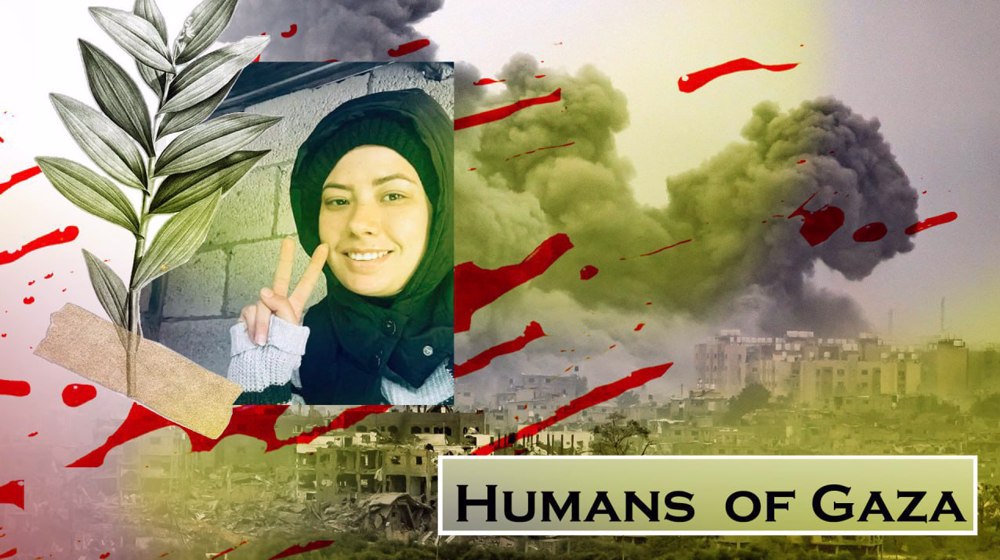
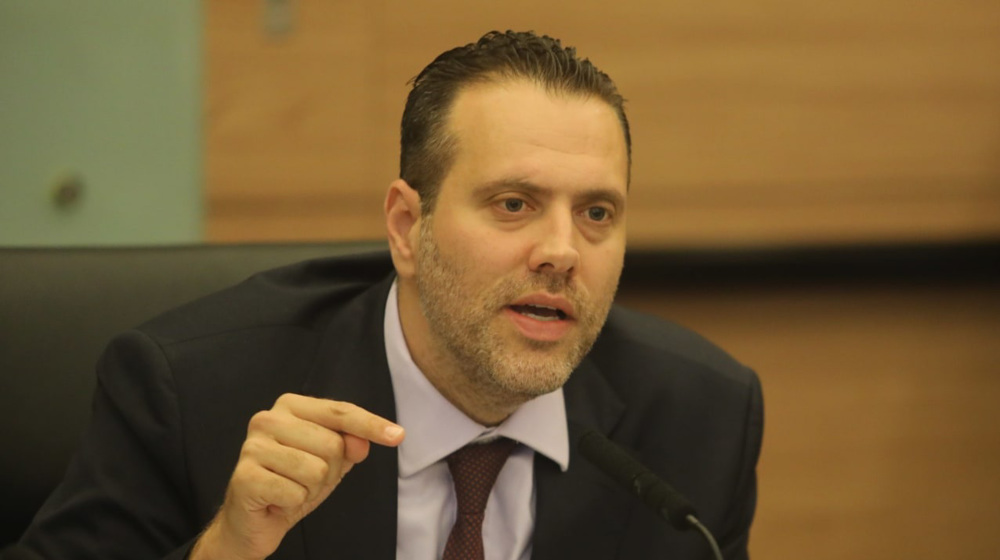

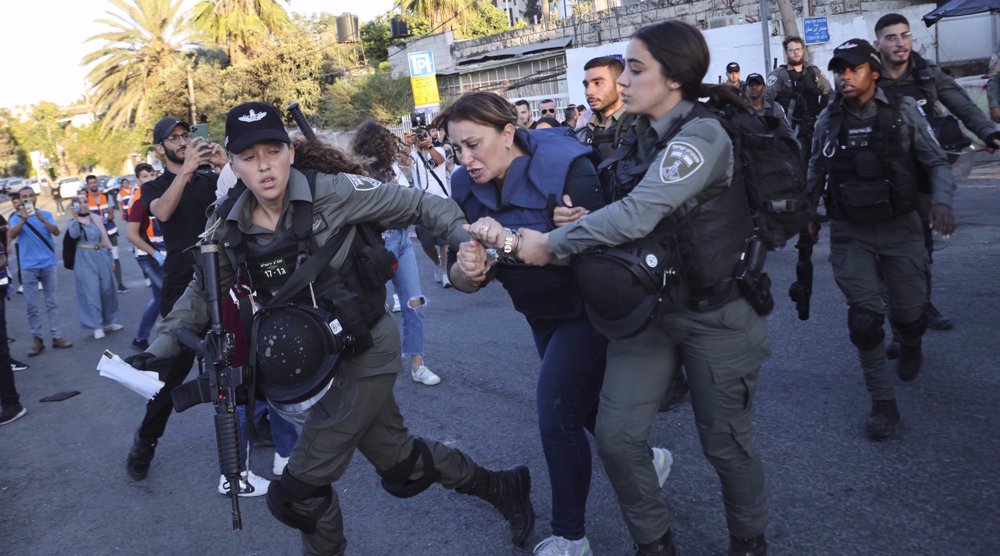



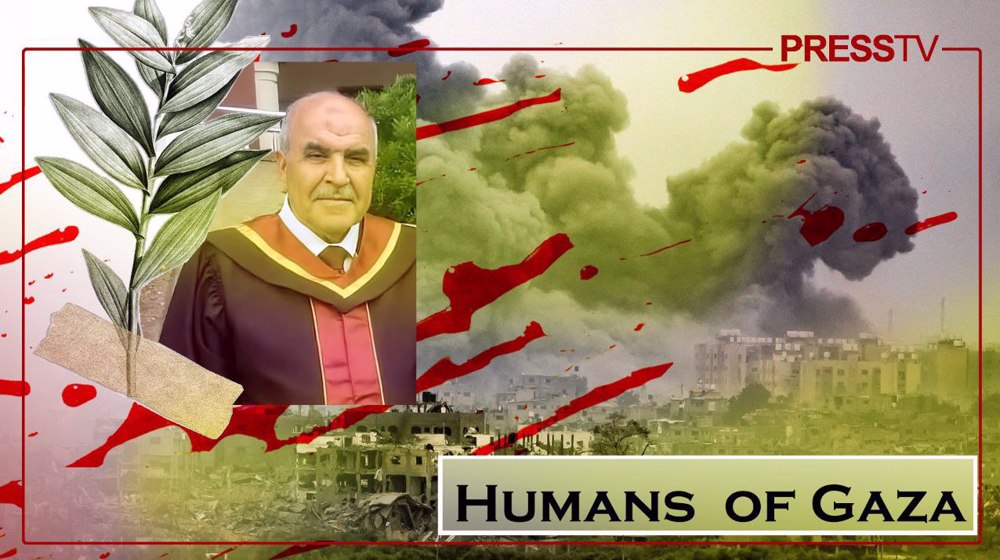

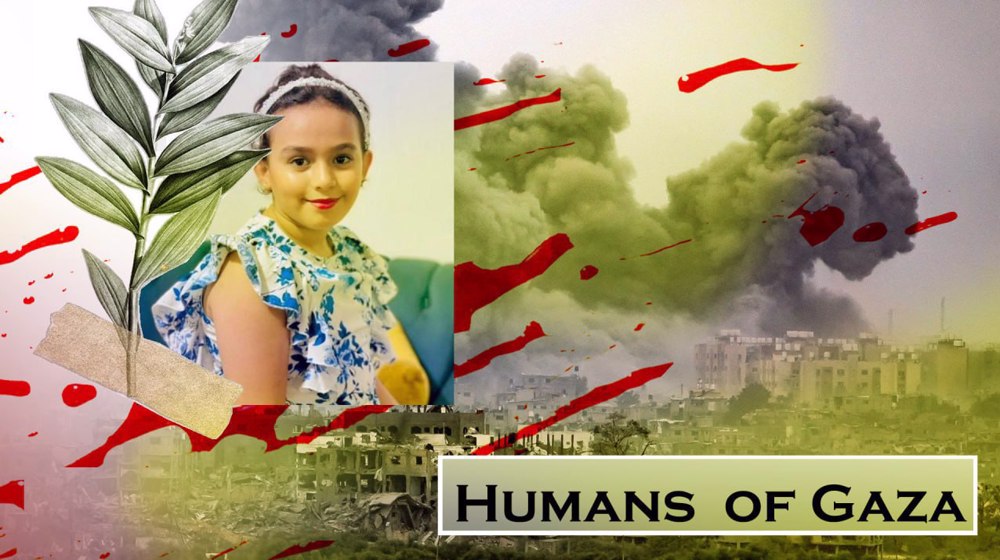
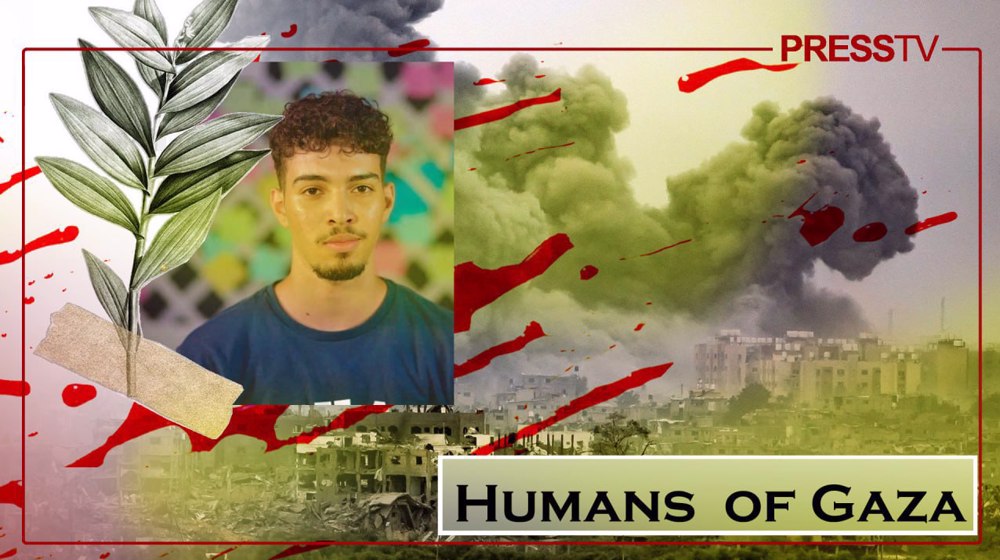
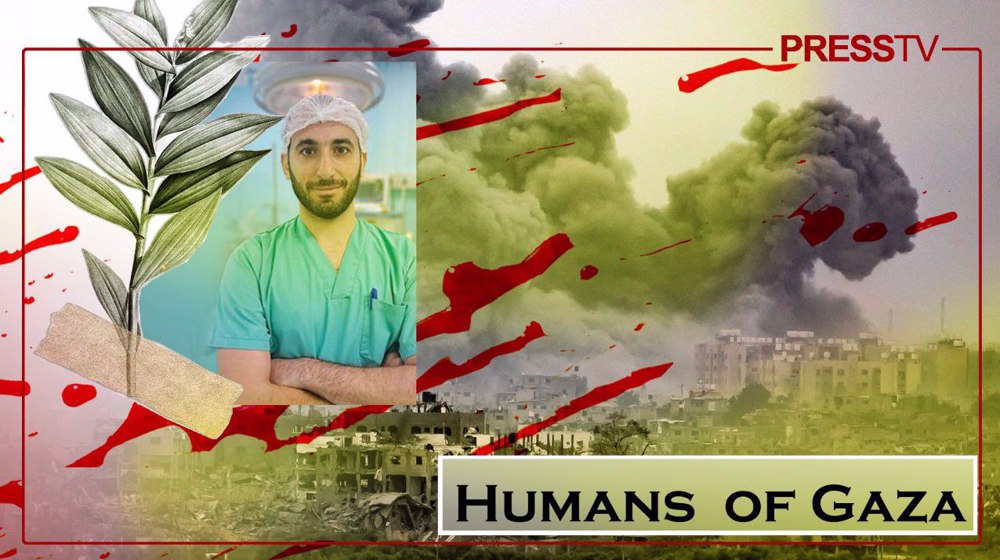

 This makes it easy to access the Press TV website
This makes it easy to access the Press TV website